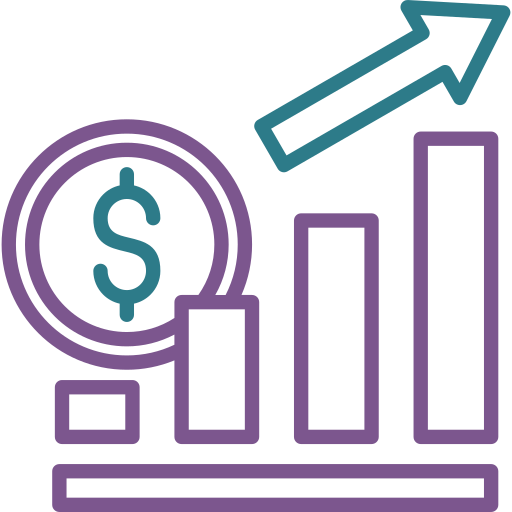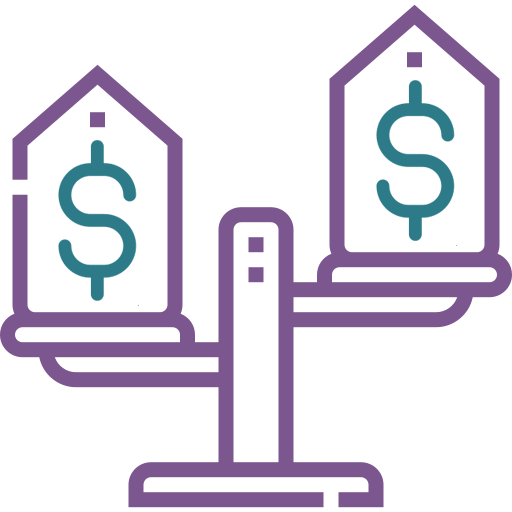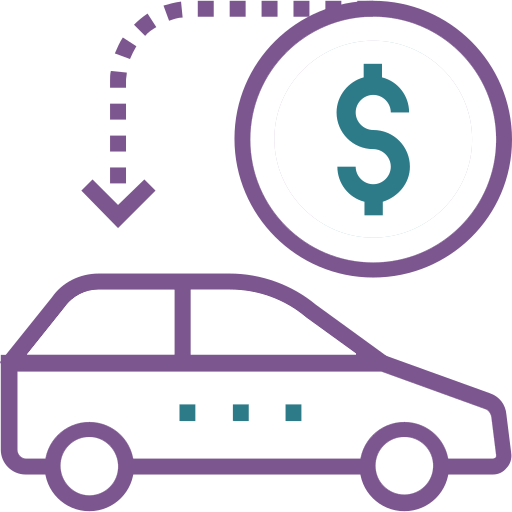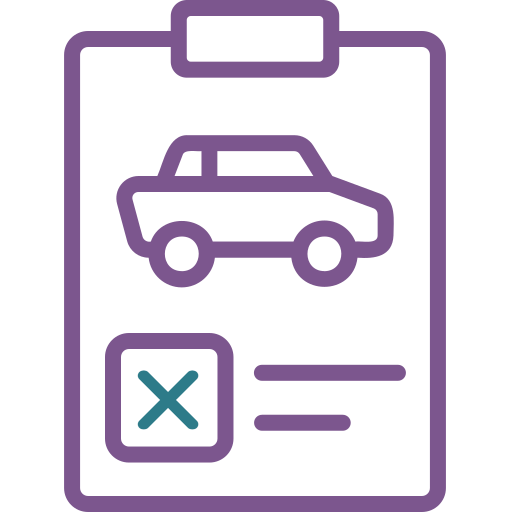Are Auto Insurance Rate Adjustments Driving Away Your Best Customers?
Policyholders are being squeezed from all sides by personal insurance price increases. According to S&P Global, average U.S. private auto insurance rates increased by 20.6% between February 2023 and February 2024, and CNBC says rates have increased by 45.8% since December 2021. Faced with unaffordable rates, USA Today says more drivers are going without coverage, and that results in higher costs for everyone else.
Insurance is a necessity, but this doesn’t mean policyholders will simply tolerate rate hikes. While many people won’t flout state law and drop their coverage, many people are shopping around. The J.D. Power 2024 U.S. Insurance Shopping Study found that 49% of U.S. auto insurance customers say they are actively shopping around for a new policy.
There may be some good news on the horizon. Fitch Ratings says U.S. personal auto insurers saw more favorable results in the first half of 2024, and the return to underwriting profitability could cause prices to flatten. However, insurers may not be out of the woods yet. LexisNexis says auto claims severity has surged, with bodily injury claims showing an increase of 20% since 2020 and material damage claims showing an increase of 47%.
As auto insurers start to see better underwriting results, many will try to grow. However, if customers keep leaving, any growth will become an uphill battle. There’s an opportunity to gain market share, but only if insurers can manage to keep their current policyholders while attracting new ones, and continually increasing rates won’t help with that.
The Slippery Slope of Rate Increases by Segment
Insurers have a real challenge on their hands. Inflation, rising claims severity, and an increase in natural catastrophe losses have all been chipping away at profitability. Unfortunately, rate hikes appear to be pushing customers away, rather than improving underwriting profitability.
How high can prices go before insurance companies lose all their best customers?
Here’s a snapshot of the auto insurance industry’s slippery slope:

An insurer raises its rates across a broad segment.

The rate increase causes many policyholders to shop for cheaper coverage.

Since the best insurance customers are able to find better rates elsewhere, they switch.

As policyholders with higher risk levels can’t find better insurance rates, they stay.

The insurer is left with a smaller segment, populated by a higher percentage of high-risk insurance customers.

The segment’s loss ratio goes up instead of down, forcing insurers to raise rates again.
How Policy-Level Risk Selection Can Change the Game
If broad rate increases and underwriting rule changes aren’t the solution, what IS the solution?
Insurers don’t have to throw the baby out with the bath water. With policy-level risk scoring, they can improve loss ratios without filing new rates or eliminating entire segments of business, losing substantial premium volume in the process.
Auto insurers need to control losses where they’re happening. Instead of raising rates for all customers within a segment – and losing their low-risk customers in the process – auto insurers can leverage sophisticated SaaS, powered by machine learning to make informed risk selection decisions on a policy-by-policy basis.
Imagine what auto insurers could achieve if they could accurately score each policy’s likelihood of a claim, in less than one second, at the rate call of their choice, or at multiple rate calls. Finally, they could turn on all segments, straight through process adequately-rated business and efficiently grow their business.
A New Reality
With Soteris, auto insurers and MGAs of all sizes can have this underwriting technology up and running in roughly four months, without ripping and replacing systems or filing new rates. The Soteris machine-learning solution generates ratemaking data and risk scores based on your own book’s loss experience, equipping you with a proven solution for taking control of auto insurance loss ratios.




